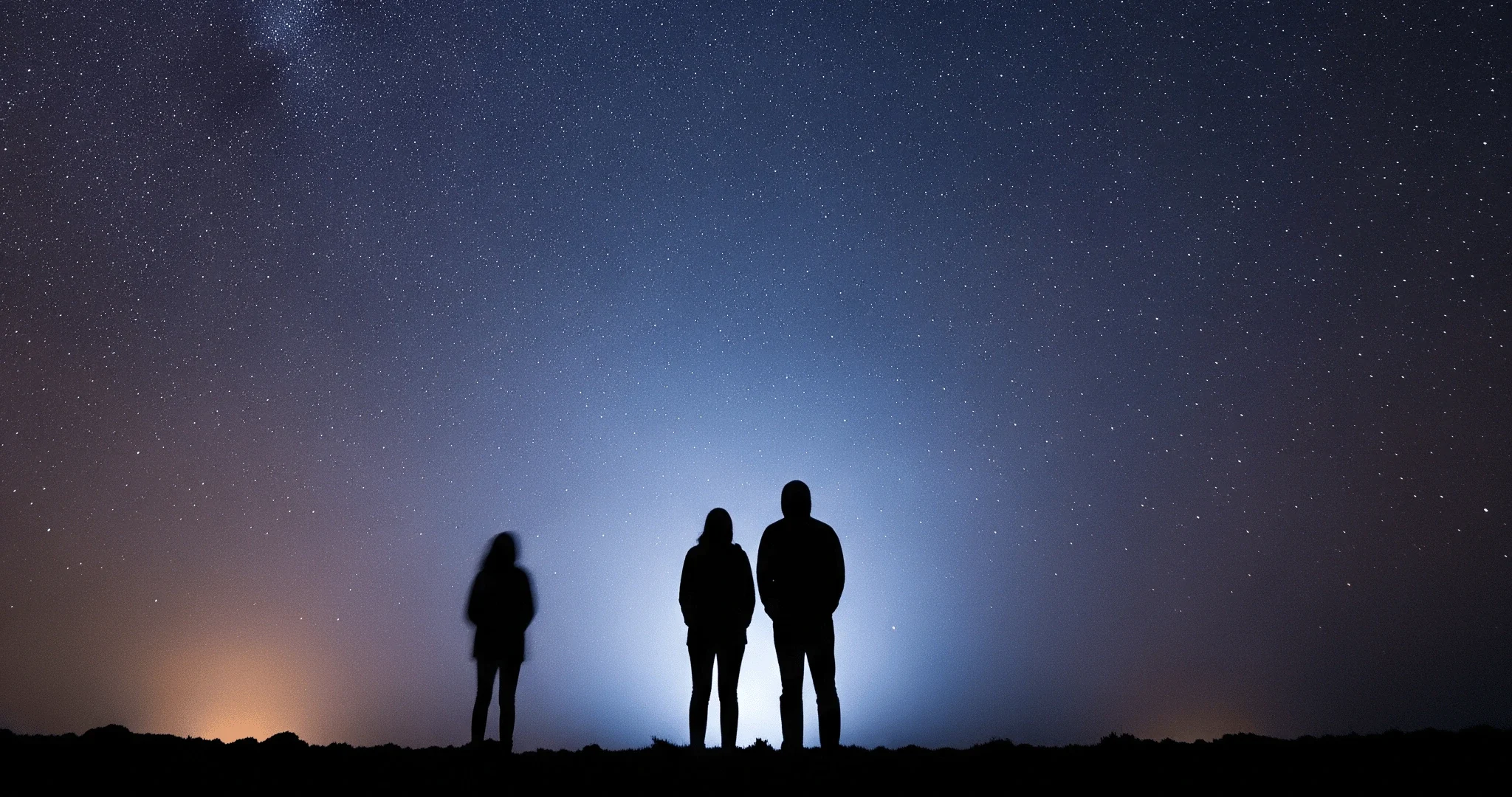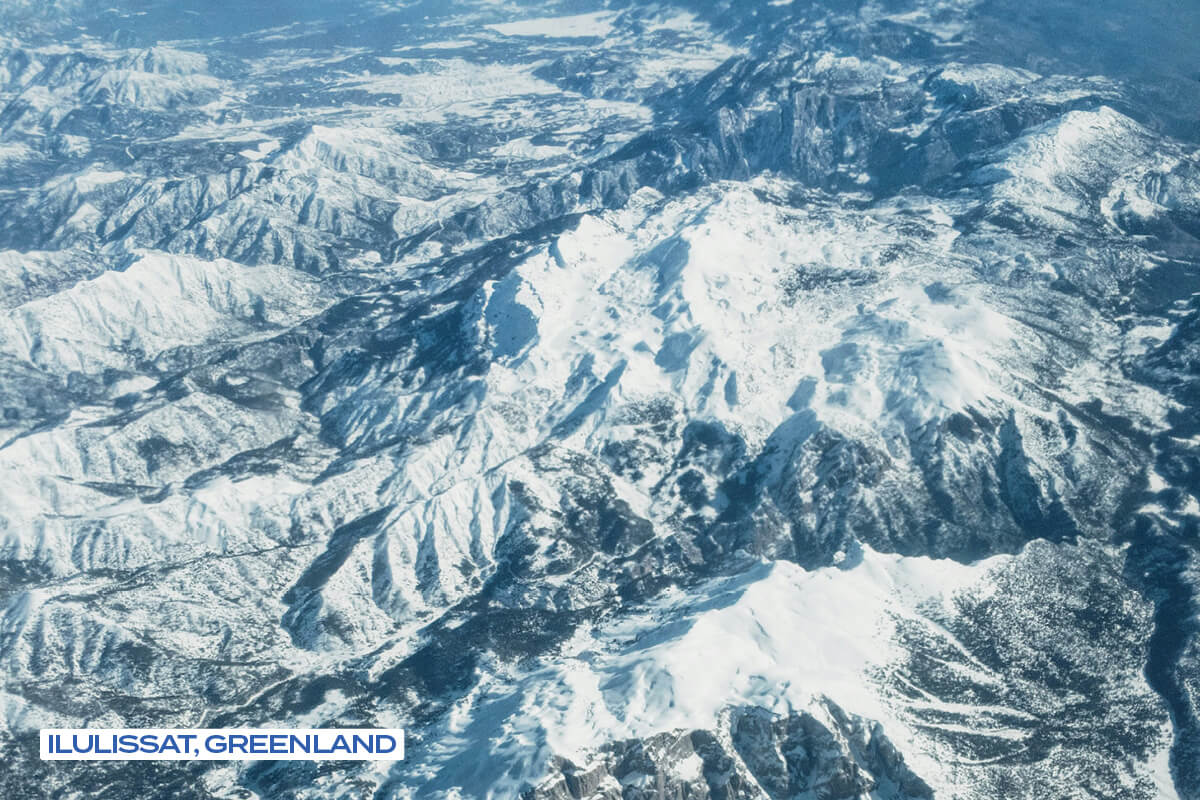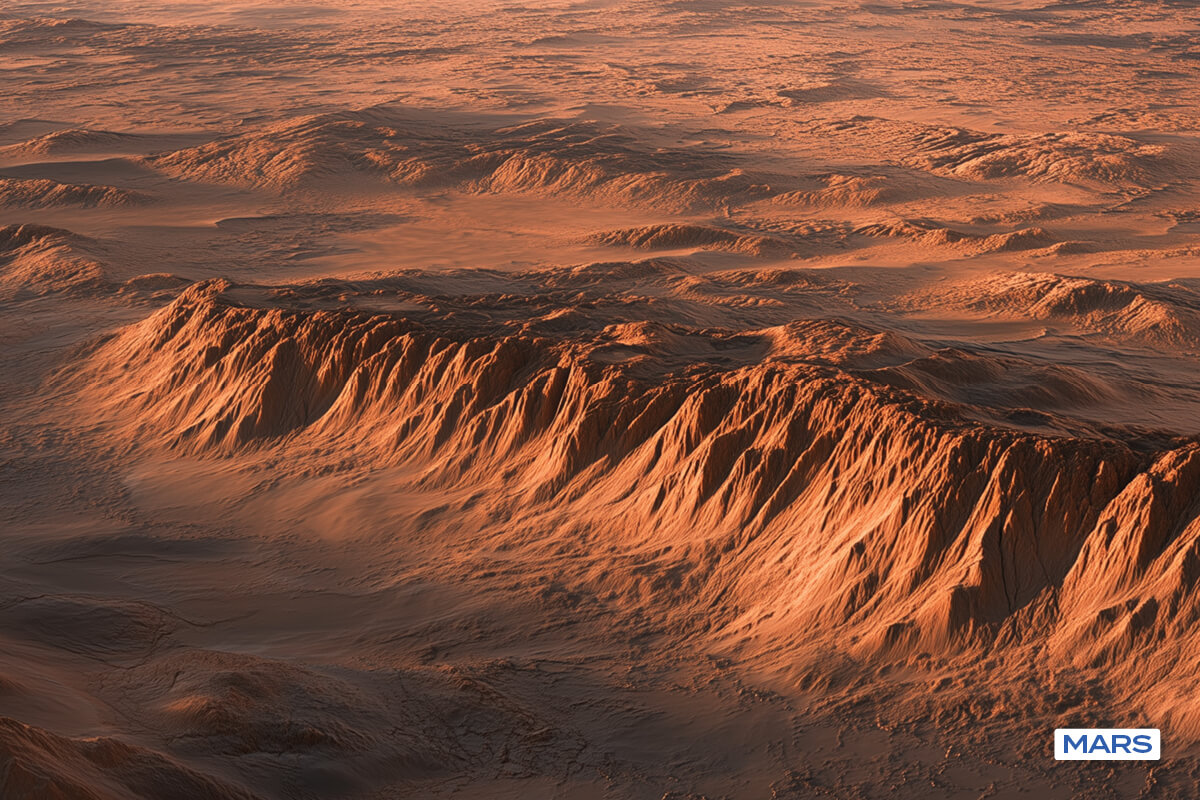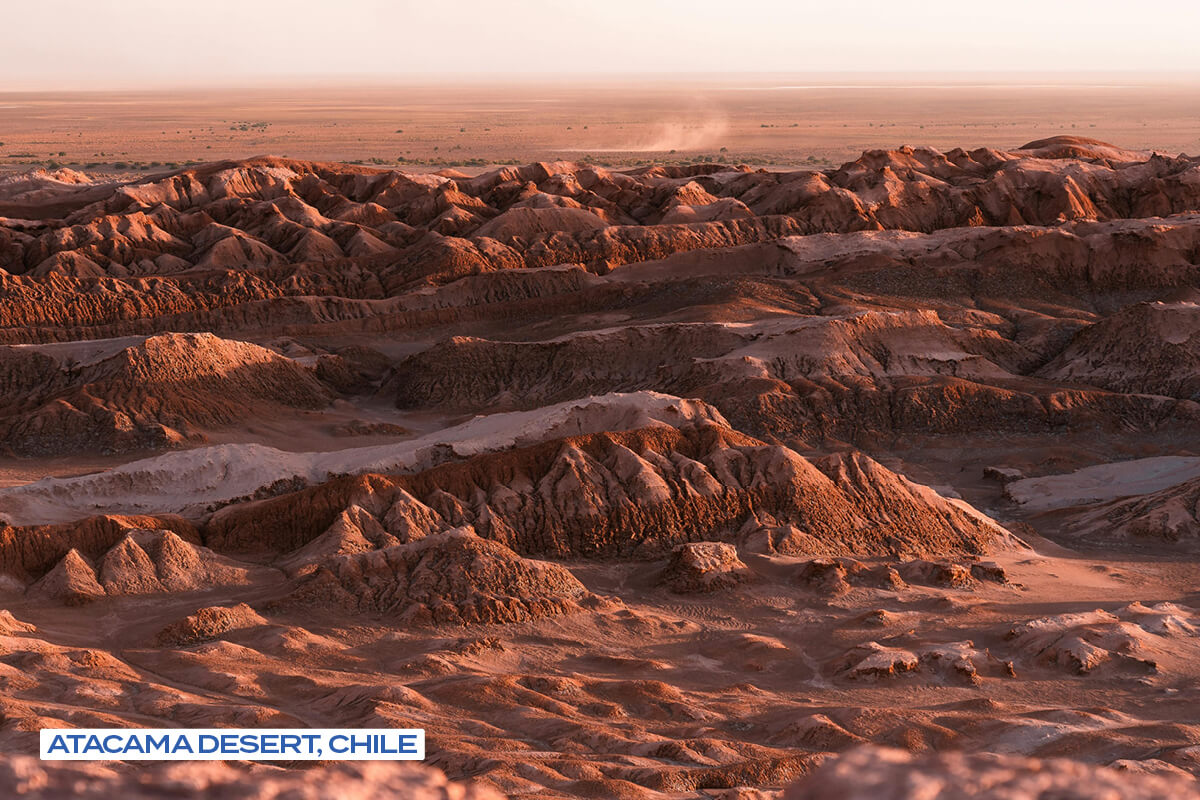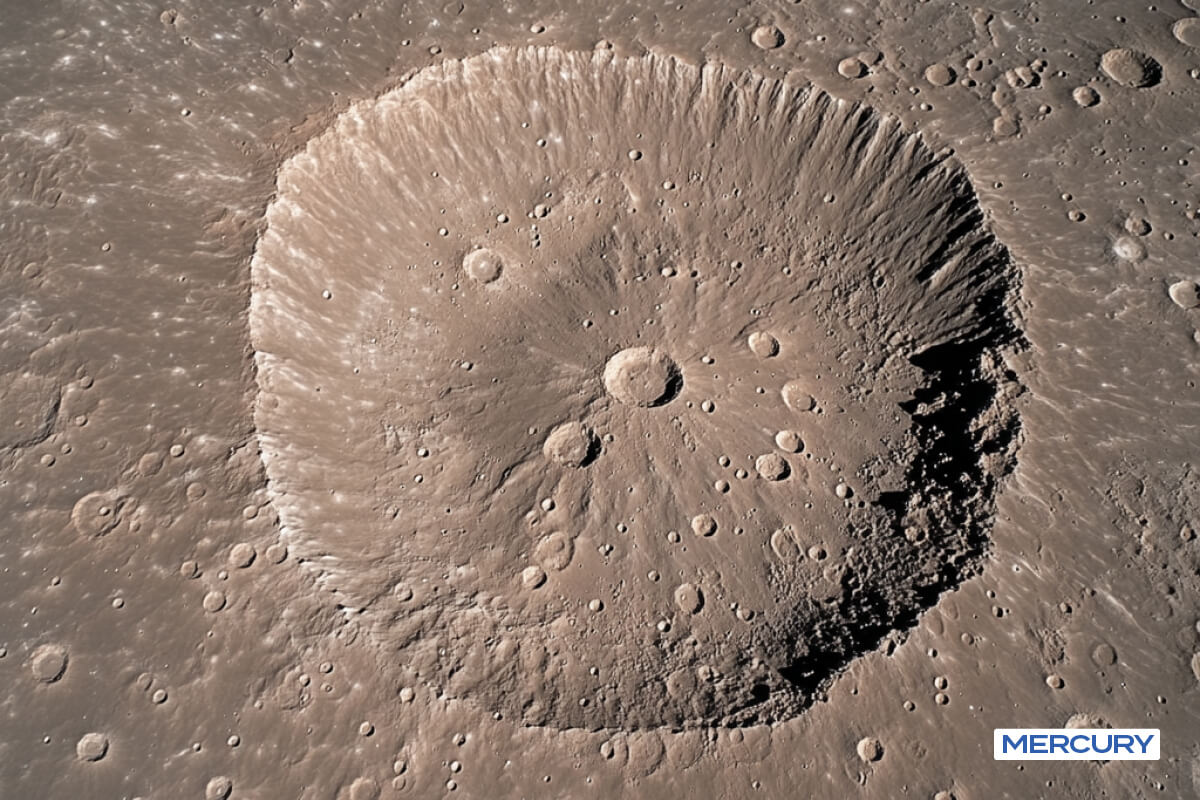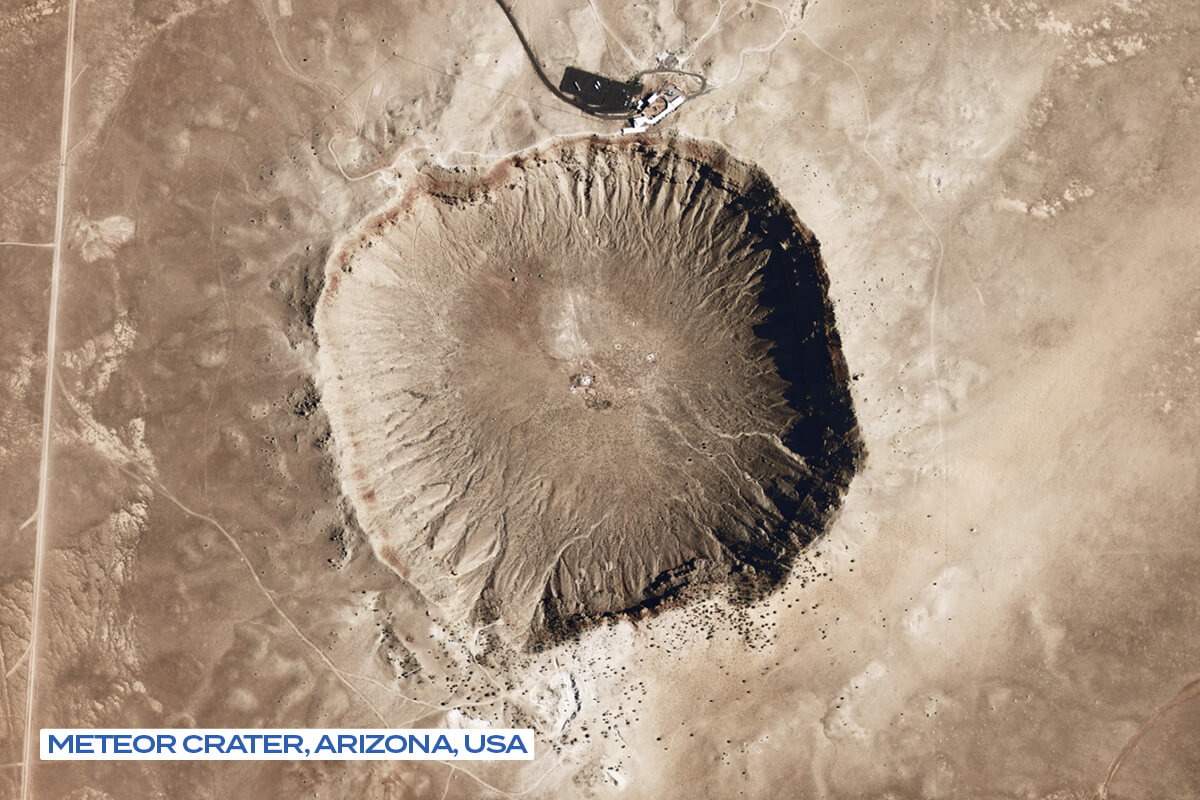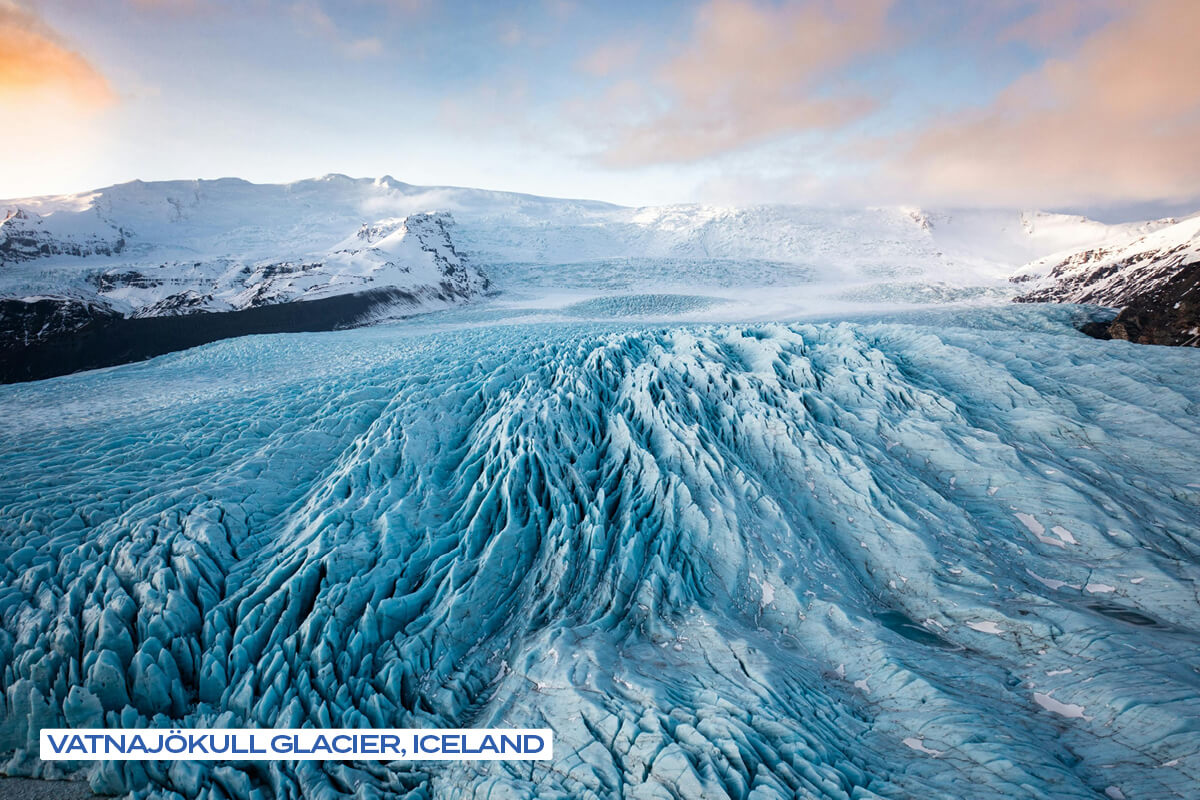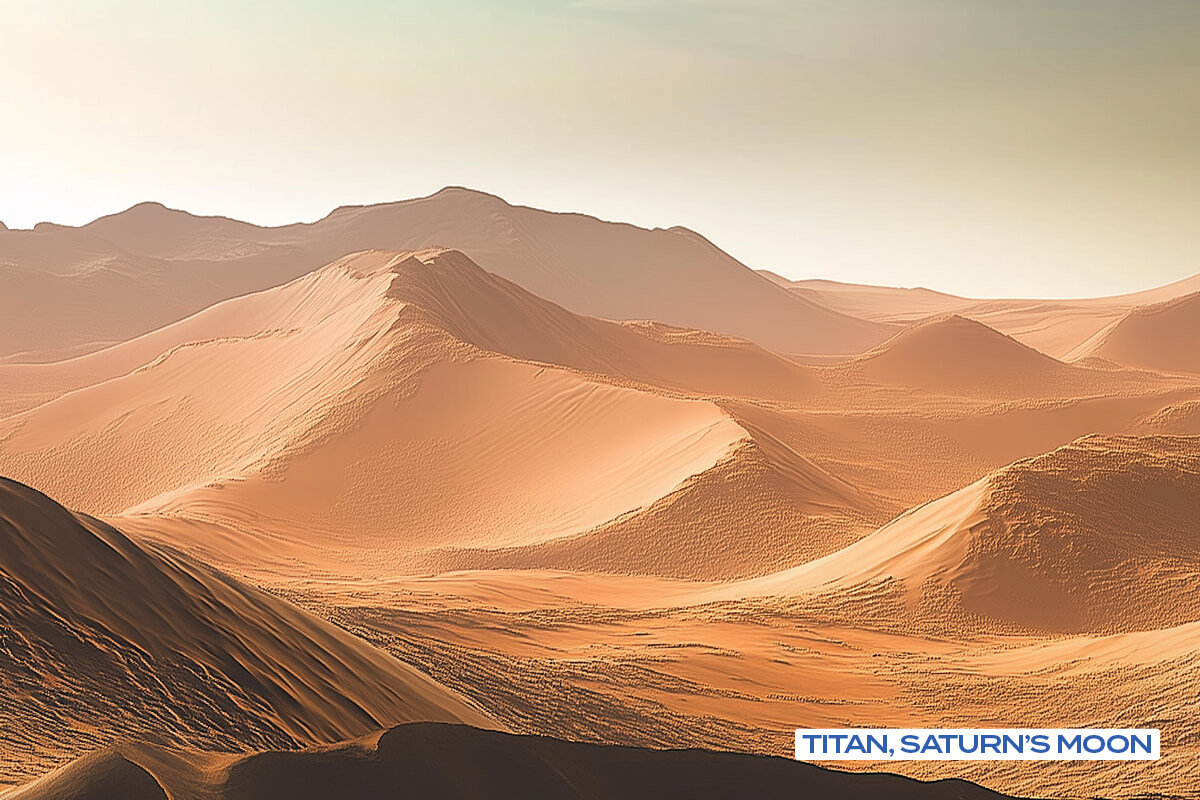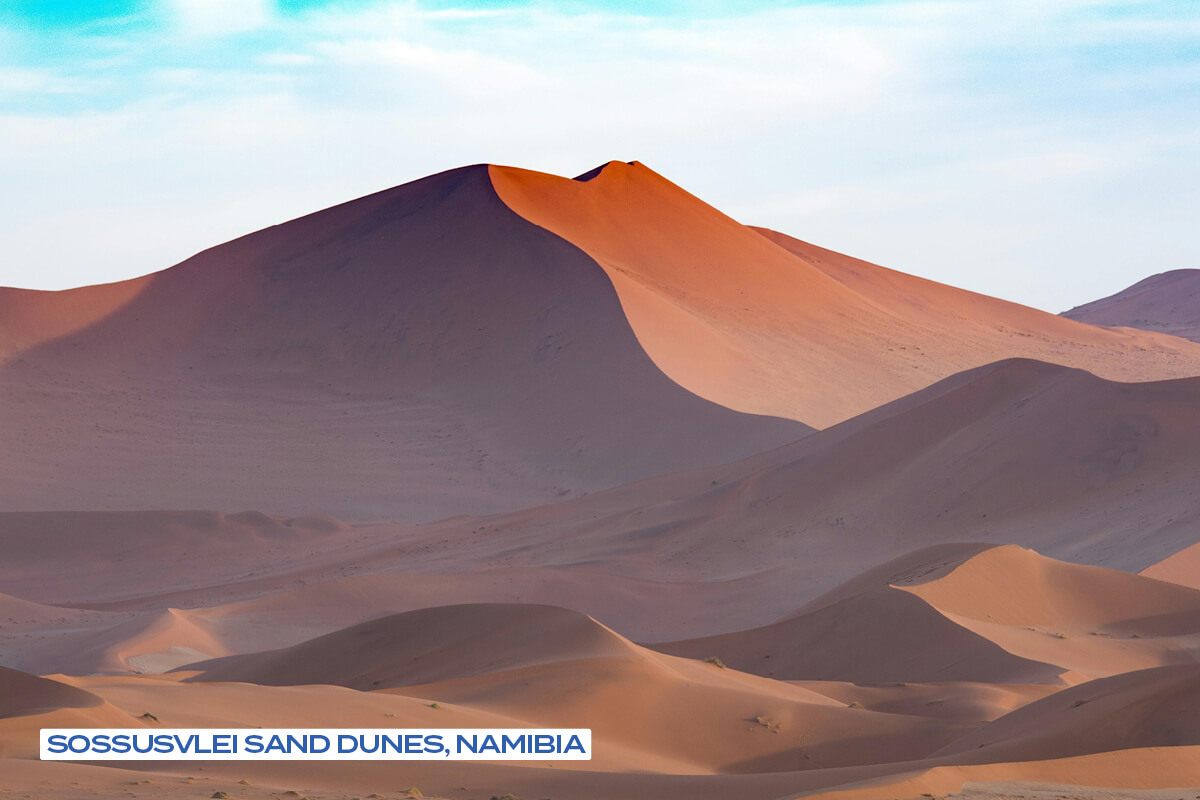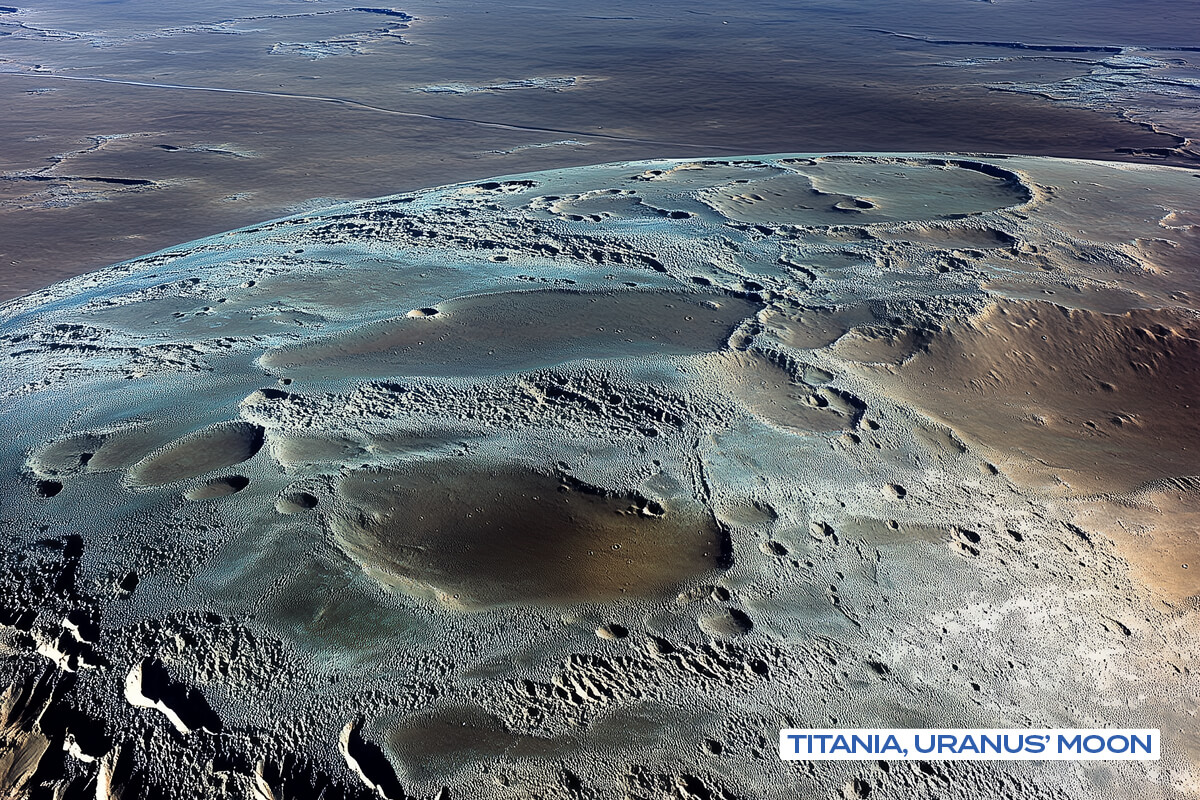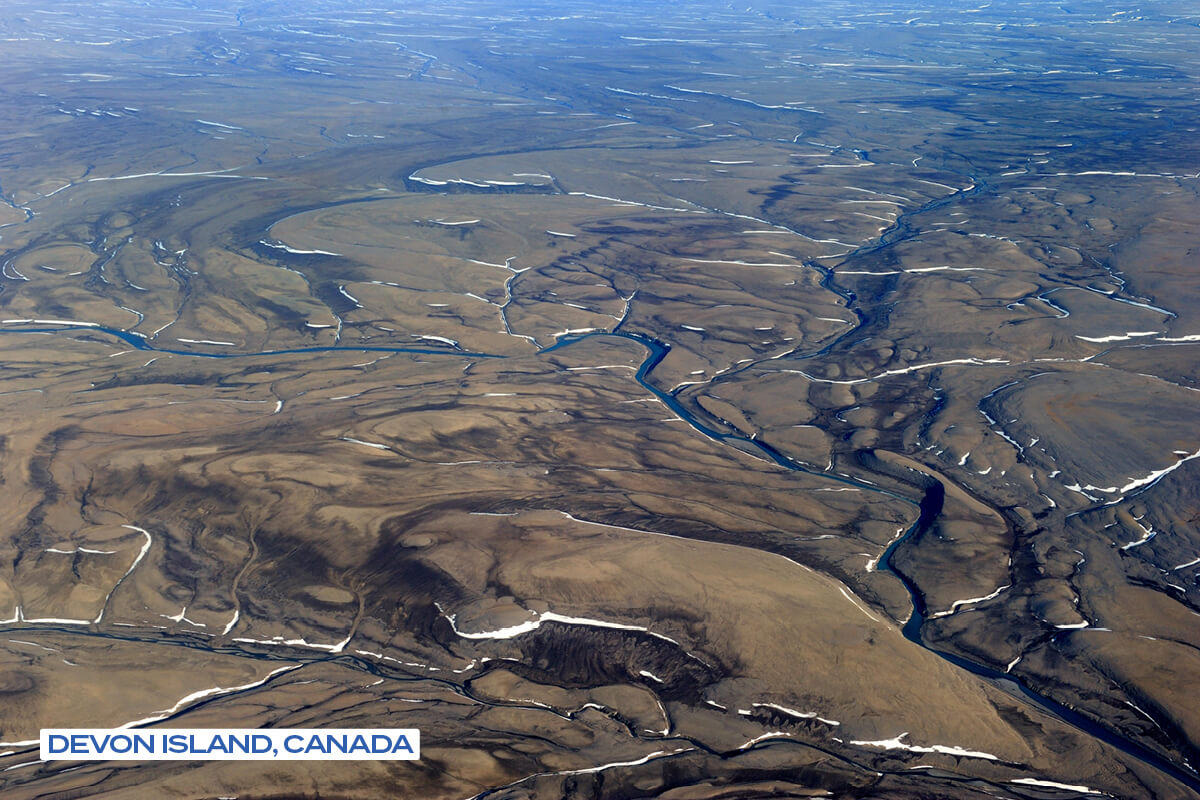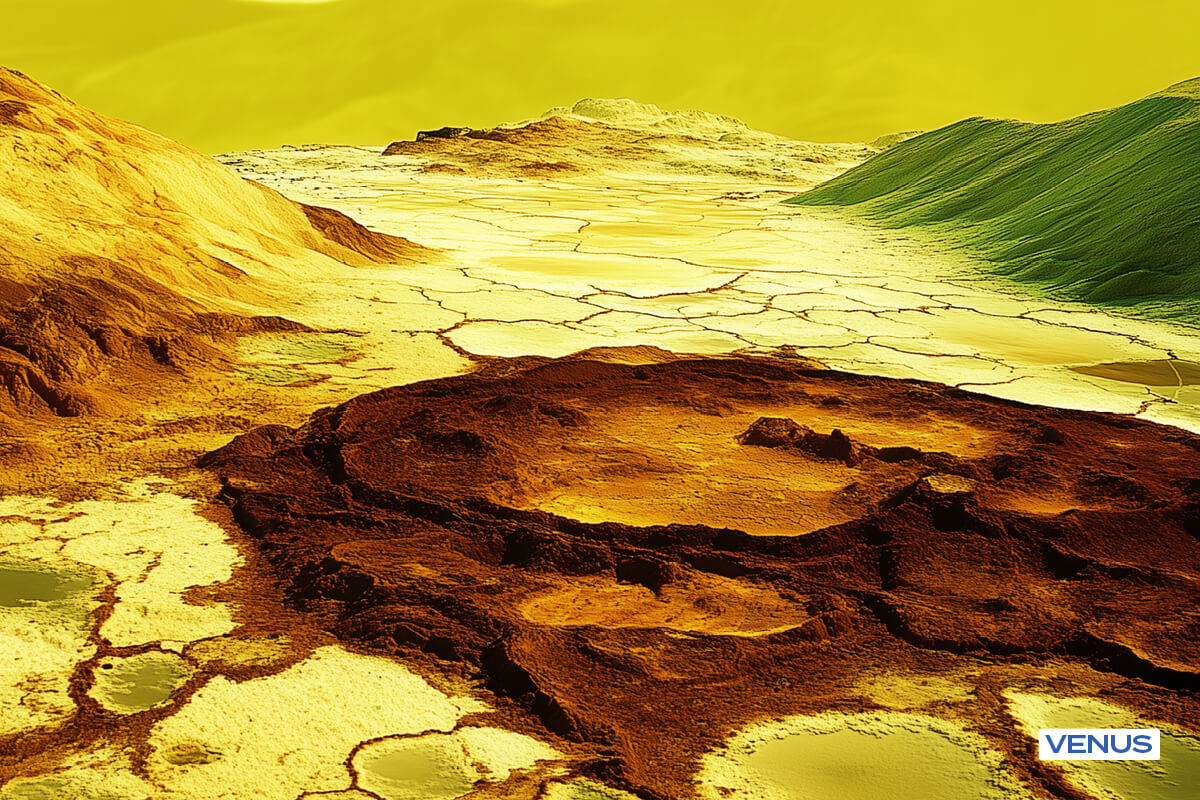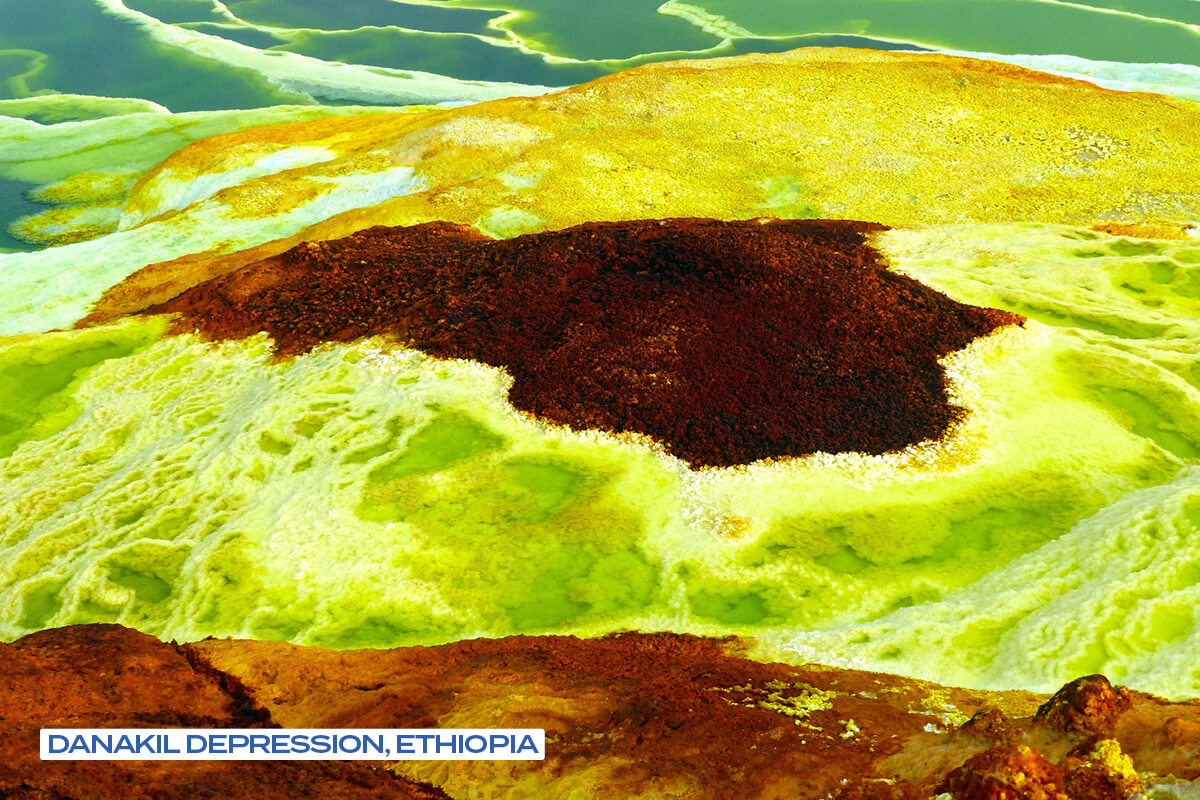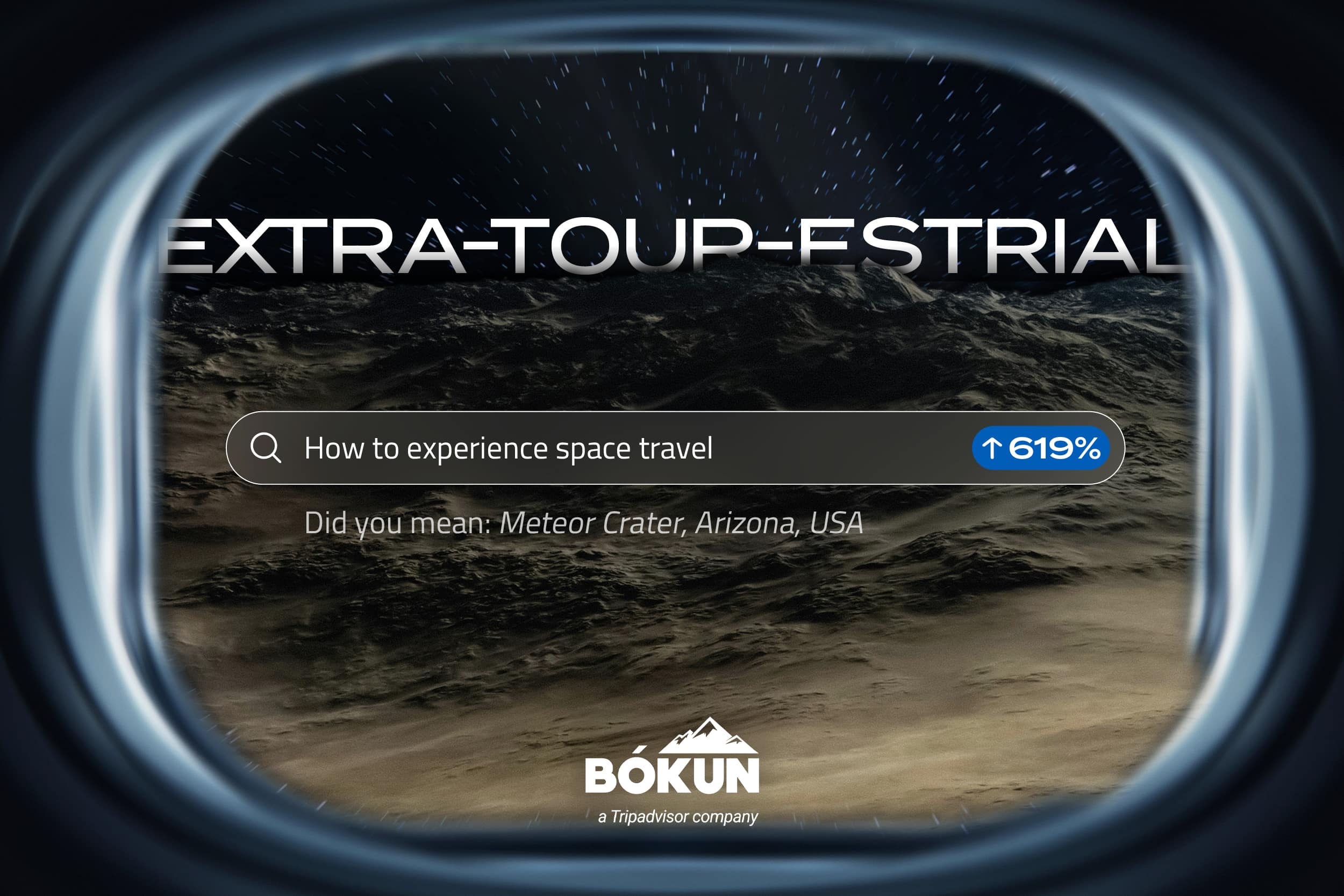
Traveller curiosity is shifting from the ordinary to the extraordinary. With interest in space-like experiences growing rapidly, tour operators (TOs) have the unique opportunity to capture this new demand through strategic product positioning, highlighting Earth’s most surreal otherworldly experiences and planetary dupe destinations.
Astro-tourism, once limited to stargazing in remote dark-sky spots, is now rapidly expanding into one of travel’s most exciting movements. It blends cosmic curiosity with earthly exploration and has, unsurprisingly, caught the interest of many, with searches for ‘how to experience space travel’ surging by 619%.
2025 marks major milestones in space travel, including planned flights for celebrities like Katy Perry, and renewed missions to the Moon, leaving public fascination with the cosmos at an all-time high. But it begs the question – does everyone have the pockets to experience this?
Companies like Virgin Galactic and Blue Origin are racing to make private spaceflight more accessible. Elon Musk, the founder of SpaceX, even stated a return shuttle ticket to Mars would cost less than $500,000 [1], suggesting a permanent move to Mars may not be off the cards. But, for now, sub-orbital flights with Virgin Galactic start at a startling $600,000 [2]; a starling cost for anyone booking their next trip.
While space travel remains a luxury reserved for the ultra-wealthy, and likely will for some time, astro-tourism offers a more accessible, grounded alternative for those wanting to explore the cosmos.
Envisioning space under our feet with planet dupes
To help TOs capture this new demand for accessible space-themed adventures, we at Bókun, a Tripadvisor company, have identified the best planetary dupes destinations, as well as Earth-based activities that closely replicate these otherworldly experiences. Think hiking through sandy deserts, stargazing under crystal clear skies, or deep-sea diving to get a taste of low-gravity. These immersive experiences bring the feel of space travel within reach, and allow tour operators located in these celestial settings to tap into an exciting new market.
From lift off to ground control: How TOs can navigate astro-tourism here on Earth
In the past year, 486,000 people searched for “how to experience space” with searches for “how to experience space travel” also surging by 619%. There is a clear and growing demand among today’s travellers for experiences that feel truly out of this world, and for tour operators, it brings a perfect time to capitalise by expanding existing offerings.
Interest in space-themed experiences, such as zero gravity flights and dark sky tours, has risen by 195% and 231% respectively – travellers clearly have a growing wanderlust for what’s happening far above Earth. Even if you don’t offer these exact experiences, there’s still room to tap into the cosmos. Altering your existing offerings by repackaging them with space-related themes—like renaming hikes as ‘lunar treks’ or using VR/AR to simulate interstellar journeys, can help capture this demand. Combined with a strong SEO strategy, this can position your brand to meet the rising interest in space travel.
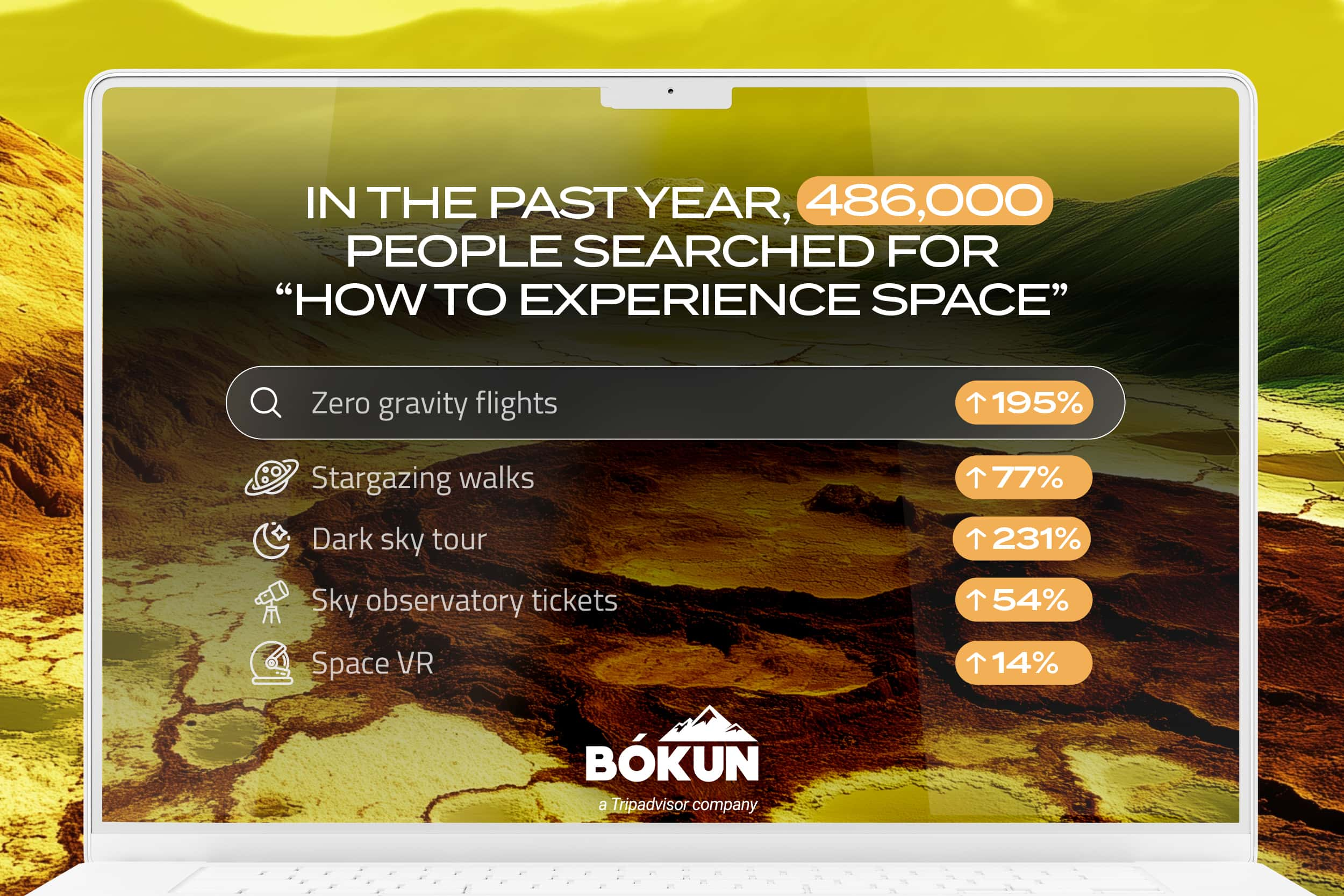
Explore Earth’s final frontier: Space-inspired travel experiences
Tour operators should be redefining space-inspired experiences by innovatively repackaging adventure travel to capture the growing demand for immersive, out-of-this-world journeys. But what tours provide this experience?
Diving adventure → No-gravity experiences
Searches for “no gravity experience” have increased by 80% compared to last year, likely driven by flights that offer the most immersive simulation of space travel, though they still come with a high price tag. While other space-like experiences don’t provide full weightlessness, they simulate key aspects of spaceflight, such as launch acceleration and brief moments of floating.
Tour operators offering diving experiences can uniquely get creative by repackaging these trips as ‘no-gravity’ or ‘moonwalk training’ adventures, as, after all, NASA uses underwater diving to train astronauts to walk on the Moon. They can then elevate this space experience by bundling it with complementary activities such as VR space mission simulations, astronaut fitness challenges, indoor skydiving, or stargazing tours. By creatively combining these elements into immersive packages, like “Astronaut Training Day” or “Zero-G Adventure”, they can offer travellers a multi-dimensional journey that captures the excitement of space exploration.
Cave exploration → NASA inspired Moon mission
Speleology tours take travellers deep into vast cave systems that evoke the mysterious surfaces of moons, asteroids, and even Mars. These experiences offer rugged terrain, narrow passages, and dramatic rock formations, immersing travellers in environments that feel otherworldly. In fact, NASA specifically use lava caves near Medicine Lake Volcano, California, to simulate the Moon and Mars as they are potential shelters from radiation. And with search interest increasing for “cave tours” by 44% in the last quarter, it’s no surprise people want a taste of the action.
By reimagining traditional caving tours as immersive, space-inspired adventures, tour operators can tap into the market that fuels wanderlust for both nature and outer space. Offering space-themed gear, like helmets and suits, integrating AR or VR to simulate alien life or ancient fossils, and collaborating with geologists or astrobiologists for expert-led insights can elevate the experience travellers crave.
Discover Earth’s planetary dupes
Search demand for “places on earth that look like other planets” has skyrocketed by 5,000% over the past five years. Therefore, our study set out to find the best space dupes destinations which TOs can utilise in their marketing strategy. The study analysed six factors: colour palette, surface, temperature, atmosphere, planetary analogue used by NASA, and whether they were used in Sci-Fi movies, to have that cinematic appeal.
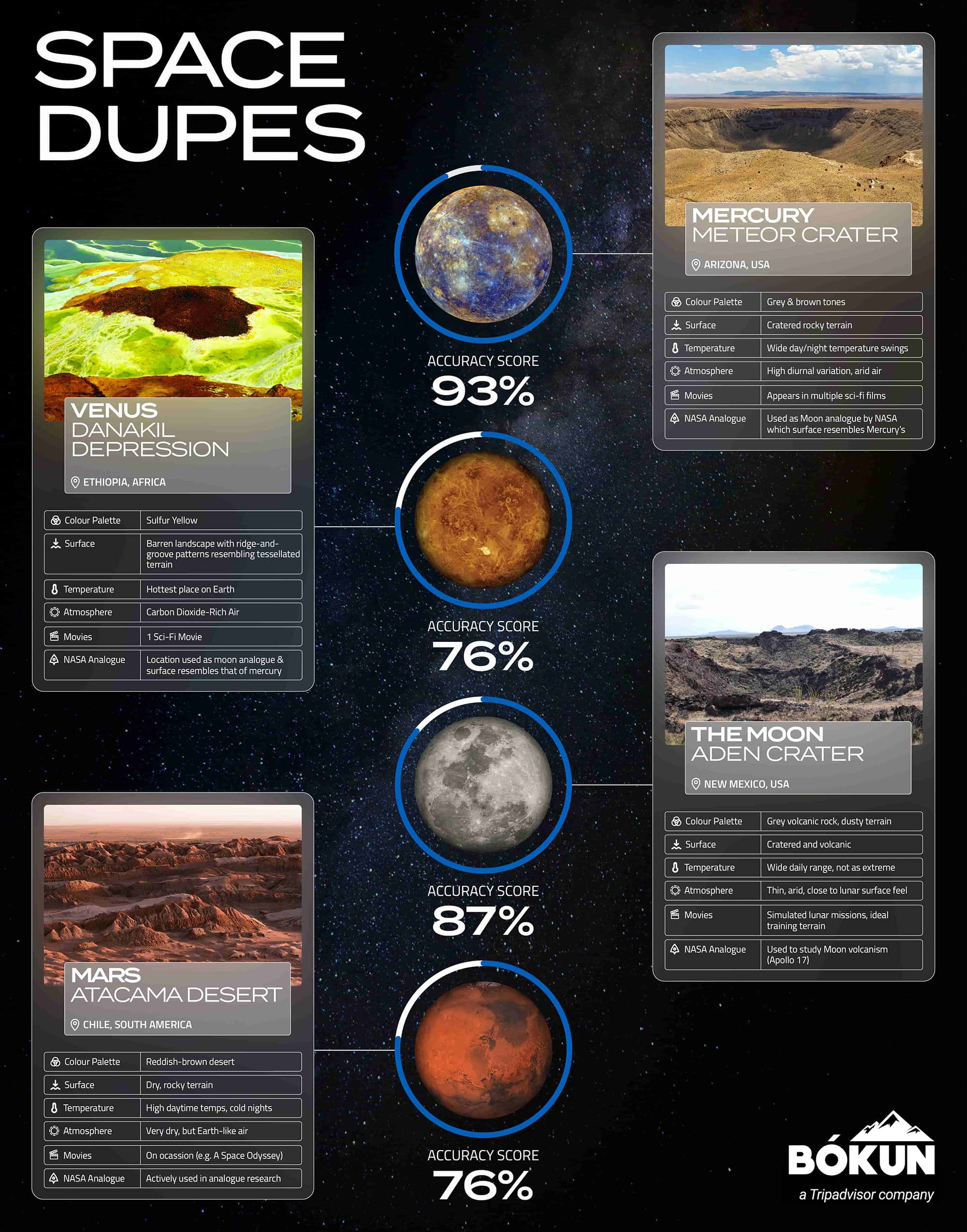
Mercury
Mercury, the closest planet to the Sun – a greyish-brown planet marked by countless impact craters from meteoroids and comets. While daytime temperatures can soar to a scorching 800°F (430°C), the lack of a substantial atmosphere means it can also plunge to extreme lows at night, making it one of the most volatile planets in the solar system.
The Meteor Crater, in Arizona, USA, was found to have the closest similarity to the planet, with a 93% accuracy score, the highest across all planets in the study. This was followed by Haughton Crater, in Canada, then the Wolfe Creek Crater, in Australia, all having complex impact crater structures dating back many centuries, with dry arid air.
Venus
With a sulfuric yellow sky and a barren, rocky landscape, Venus has the hottest surface in the solar system. While it shares similarities with Earth in size and structure, its extreme surface temperatures make the idea of humans ever setting foot there highly unlikely.
Danakil Depression, in Ethiopia, is home to the closest Earth-like similarity to Venus due to its extreme temperatures, high acidity, and sulfur-rich environment. Kawah Ijen, Indonesia, and White Island, New Zealand, ranked in second and third, both for their strong sulphuric-yellow and volcanic similarities.
Mars
Mars is considered the most likely planet for human travel and settlement due to its proximity to Earth, solid surface, and traces of water, seemingly begging the question: ‘Is there life on Mars?’ The surface is of a dusty, large canyon system with a hazy, red sky due to suspended dust.
The Atacama Desert in northern Chile is the most Mars-like place on Earth, thanks to its reddish-brown sands, rocky terrain, and extreme temperature shifts, featuring in films like Space Odyssey and Quantum of Solace. Wadi Rum in Jordan and Death Valley in eastern California were strong contenders, but neither matches the Atacama’s atmospheric similarity to Mars as closely.
Earth’s moon
The Moon is the only celestial body beyond Earth that humans have visited (so far!), with its rubble-like surface, cratered landscape, and extreme temperature shifts. We’re reliant on it, so it’s natural to ask: where on Earth can we find the closest similarities?
Aden Crater in New Mexico, USA is Earth’s closest comparison to the Moon, earning the second-highest accuracy score in the study, with the only limitation being its less extreme temperatures compared to the Moon’s. Just a mere seven hour drive away, the Meteor Crater, in Arizona ranks second, followed by the Askja Volcano, in the Icelandic Highlands in third place.
Neptune’s moon, Triton
Neptune has 13 known moons, with Triton being the largest – and the only major moon in our solar system that orbits in the opposite direction of its planet’s rotation. Triton has a pinkish hue and a cratered surface featuring pockets of liquid nitrogen. It is also one of the coldest bodies in the solar system, with most of its nitrogen condensed as frost and surface temperatures reaching around -391°F (-235°C).
Vatnajökull Glacier, in Iceland, draws the most similarities here on Earth due to its wondrous alpenglow that creates beautiful pink hues, volcanic crater-like surface, and has been frequently used for studying subglacial life in icy environments. The Gulkana Glacier, in Alaska, and Summit Station, in Greenland both draw similarities, mainly due to their icy, subarctic atmospheres.
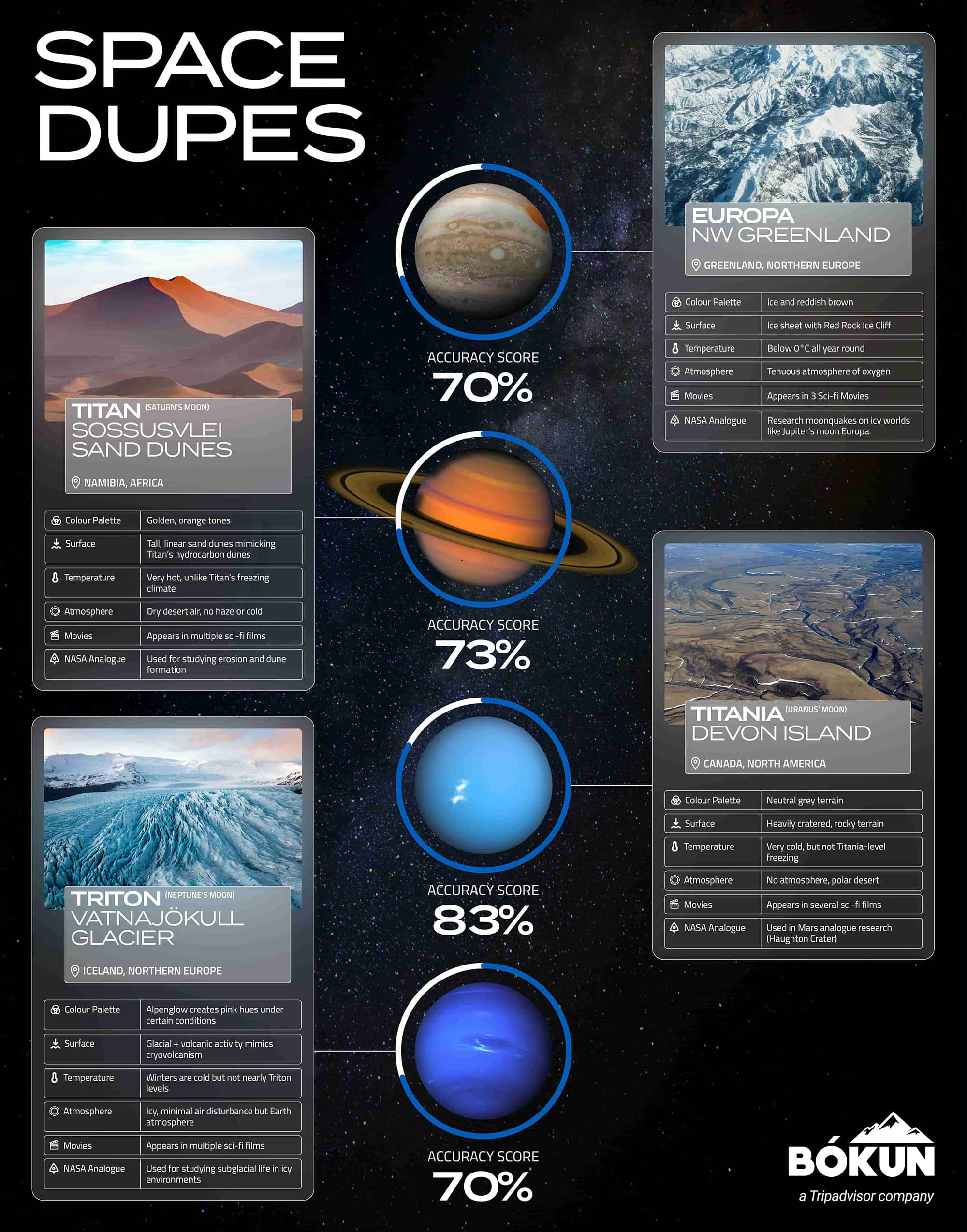
Spot the difference: Are we really worlds apart?
Repacking offerings to feed the cosmic demand
We analysed Viator’s most popular tours and experiences across 14 different locations deemed most similar to Earth’s planetary ‘dupes’, over 12 months. It was found that only 2.5% use related keywords that utilise their planet-like USP – something TOs should be capitalising on to feed this existing, and growing, demand in this market.
Samuel Jefferies, Senior Growth Marketing Manager at Bókun has provided three ways TOs can position their offerings to feed this growing demand:
Incorporate high-intent keywords into titles
“Rework titles to include terms like “solar observator,”, “planet trail”, “cosmic experience” or “astronomy-themed tour.” These keywords not only attract interested B2B buyers but also help algorithms surface your tour in relevant search results, or even be included within AI chatbots, ideal for consumers using AI to plan their itineraries.”
Bundle solar-themed experiences
“Whether it be hiking, diving, or desert experiences, each destination is likely to have different selling points that attract consumers, but bundling offerings can make it stand out from the rest. Instead of listing general sightseeing tours, group planet-solar-themed elements into focused packages. This repackaging makes the USP front-and-center and easier to promote across platforms.”
Optimise meta titles and descriptions
“Meta titles and descriptions are essential for appearing in search results, and even if it includes high-quality content, it risks being overlooked if not including the tour’s solar capabilities. So, ensure backend meta tags reflect the solar/planetarium theme to boost visibility to align with growing consumer interest.”
Fly me to the (Earthly) Moon
For travellers wanting to tick off the solar system without leaving Earth’s orbit, an around-the-world astro-tour is the next best thing, thanks to the allure of space tourism that captures imaginations.
With a seat on Virgin Galactic priced at $600,000 (around £442,561.10), space tourism remains firmly in luxury territory. But for those eager to experience the cosmos closer to home, an around-the-world trip to Earth’s most space-like destinations offers a compelling alternative. At just £32,531.19, it’s over £410,000 cheaper, a 173% difference, for an otherworldly experience (in every sense).
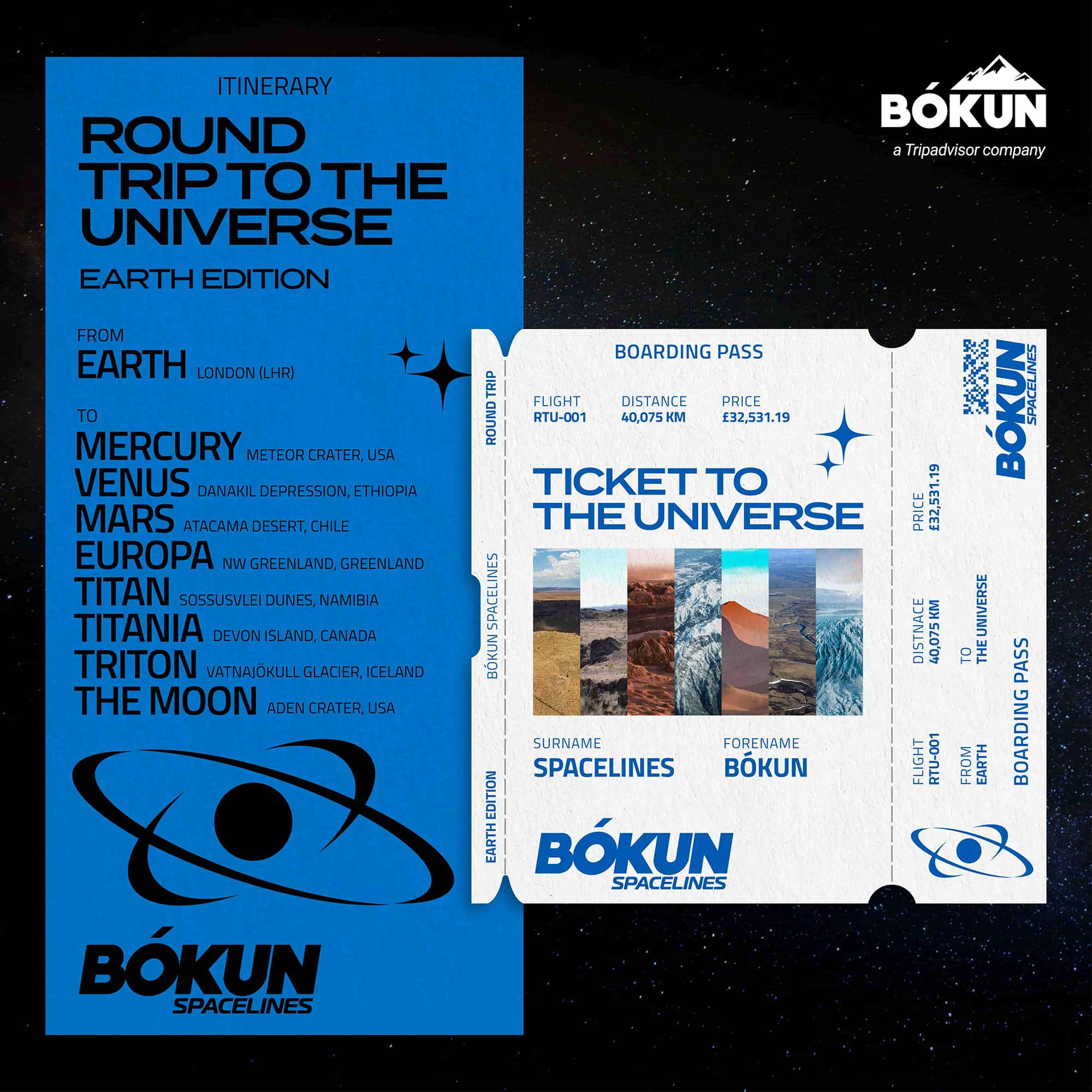
Space travel does not have to be out of reach – tour operators are uniquely positioned to lead the charge. By tapping into the growing demand for astro-inspired adventures and leveraging the dramatic, space-like landscapes right here on Earth, you can offer travellers the thrill of cosmic exploration without the cosmic cost. It’s not about launching rockets, it’s about reimagining what is already under your feet.
Sources
[1] Elon Musk tweet
[2] Cost of a flight on Virgin Galactic
Methodology
The study was primarily collated due to desk-research. The following planets were analysed: Mercury, Venus, Mars, Earth’s Moon, Titan (Saturn’s Moon), Titania (Uranus’ Moon), and Triton (Neptune’s Moon). The following six factors were analysed to find the closest similarities to the planet, which, in turn, was given a score out of five:
- Colour pallet
- Surface
- Temperature
- Atmosphere
- Planetary analogue locations used by NASA
- Used in Sci-Fi Movies – cinematic appeal
NASA’s planetary analogue was used to verify and pre-existing missions of each location and NASA again was used for information for the above six factors. The data was collected from 09.05.2025-13.05.2025. All data is available upon request.
To create the itinerary and cost of an around-the-world trip to Earth’s closest planetary lookalikes, ChatGPT was used to identify the most efficient route: Arizona, USA → New Mexico, USA → Canada → Greenland → Iceland → Ethiopia → Namibia.
Using Skyscanner and local travel resources, the total cost was calculated by factoring in air travel, ground transport (bus and car), and expedition fees. Devon Island in Canada, for example, included the cost of a full guided expedition. The cost was based on solo travel. Entrance fees, permits, gear rental, or accommodation was not included in the total cost.
Data
All search data was used by Google Glimpse and correct as of 23.05.2025.
Using Viator booking data, we analysed the top two most popular tours for each planetary lookalike destination over a 12-month period to determine whether their product names included astro-tourism language (e.g., ‘astronomical,’ ‘Moon Valley,’ ‘stargazing’). We then calculated the proportion of tours using such language to understand how frequently astro-tourism terms appear in bookings in 2025, despite their potential as their USP.
